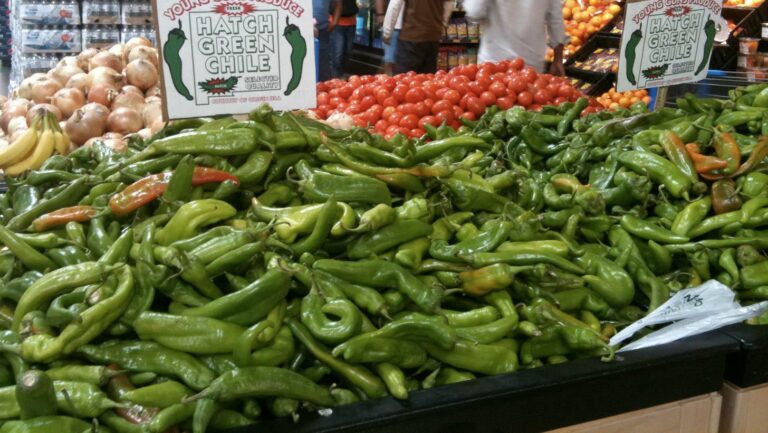Know Your Ingredients: Chile
Okay Maybe It’s A Little One-Sided


Latest Article|September 3, 2020|Free
::Making Grown Men Cry Since 1992


